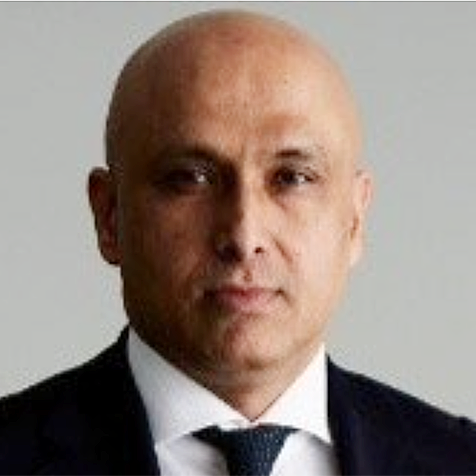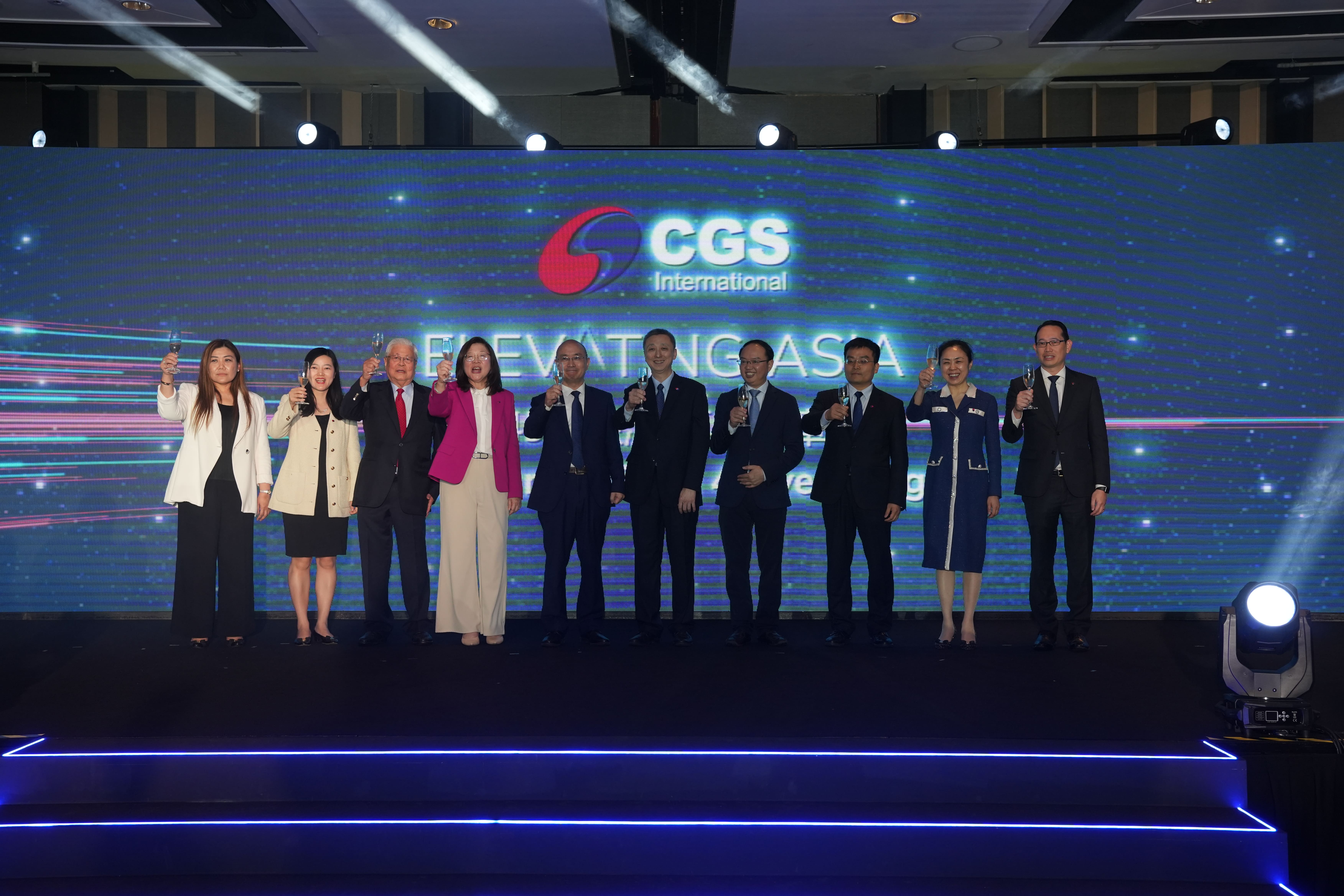While the Asia-Pacific insurance industry has gathered huge amounts of assets over the past two decades, accounting for 26% of institutional investable assets in the region, there has been a fundamental shift in how insurers manage their investments, according to a new report.
Starting this year, most Asian countries will start formal implementation of risk-based capital (RBC) regimes and International Financial Reporting Standard (IFRS) 17.
Despite years of preparation, there will be important adjustments needed to the asset allocation decisions of insurers in how they use their capital.
The uncertainty around the direction of interest rates and the health of the world economy for the next 12 months will make the changes harder on insurers, Cerulli Associates says in its latest report, Asian Insurance Industry 2022: Navigating a Paradigm Shift.
In the fourth quarter of 2022, Cerulli observed increased mandate activities emerging from Asian insurance portfolios looking to rebalance their assets back to strategic asset allocations as the year-end portfolio reviews approach. Despite risk aversion, there has been a pent-up demand from asset owners that are looking for new entry points in both traditional and alternative assets.
Capital protection and recurring periodic income are central to insurers’ investment decisions and therefore, many alternative investments sought by insurers often contain these features.
Strong risk appetite
Although still very conservative, insurers are increasingly seeking outside of investment-grade opportunities due to increased competition for deals, the report says.
Creative methods are being used, including searching at earlier stages of venture capital or acquiring alternative companies directly to get a better selection of opportunities.
In the medium term, the industry is expected to revert to higher fixed-income allocations to save on risk charges, but will still diversify within comparably risk-charged fixed income substitute products.
The industry’s risk appetite is still strong but liquidity tightening in the next few years will reduce allocations to risk assets, Cerulli says.
Over the longer term, there will be increasing environmental, social, and governance (ESG) integration and exchange-traded fund (ETF) usage in Asian insurance portfolios due to structural changes and commitments at national levels.
Although fees are important, seeking external asset management partners that can add knowledge to the business is most essential. Due to the lack of internal ESG specialist teams, insurers will need to team up with external ESG asset managers.
“The introduction of RBC regimes and IFRS 17 in the region will ultimately strengthen the finances and operations of insurance companies for their long-term survival and to help them avoid systemic risks,” says Cerulli associate director Soo Ah Ran Cho.
“Despite some medium-term weaknesses post implementation, we anticipate a stronger insurance industry to emerge, supported by better margins from insurance operations in the years to come.”








